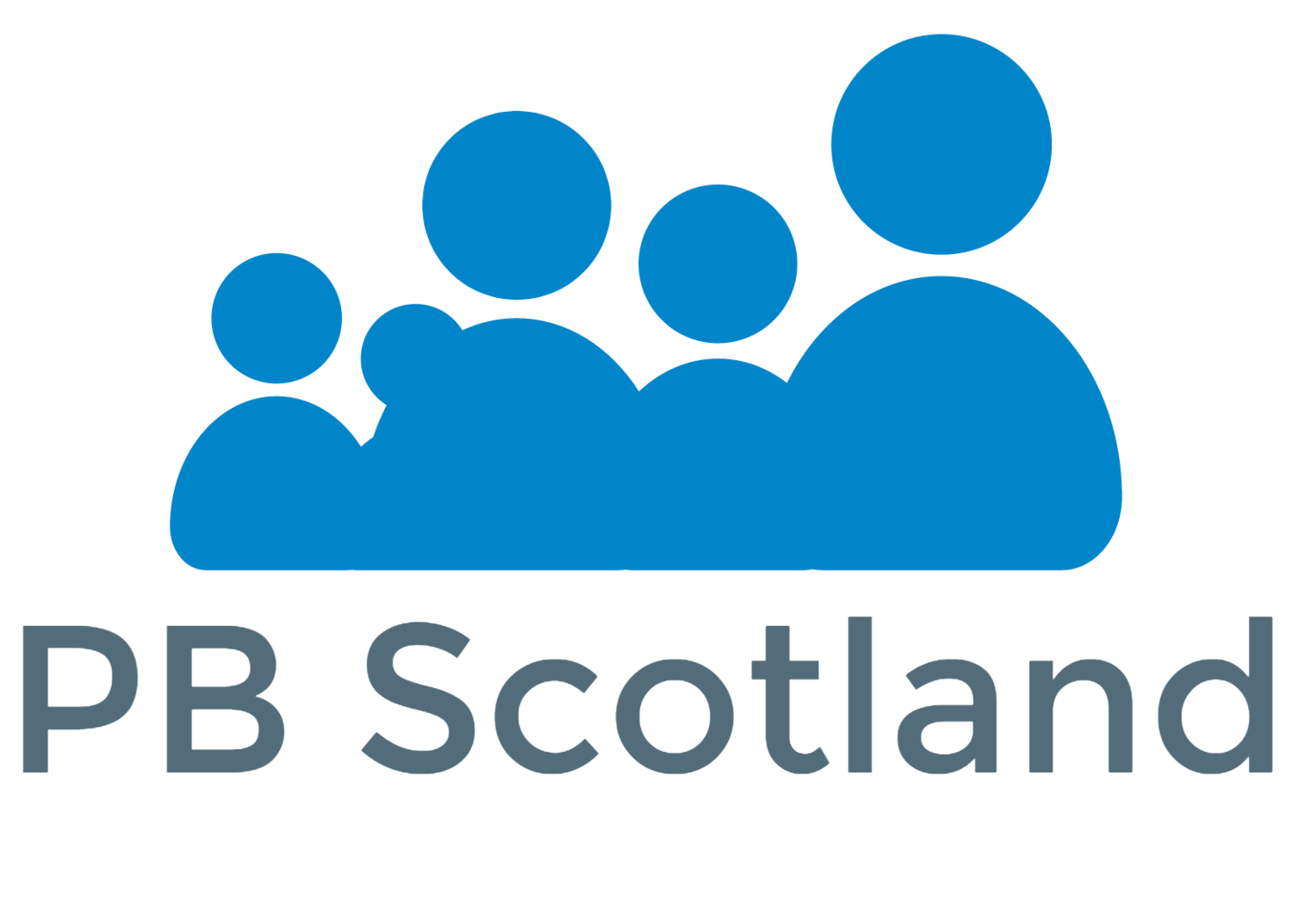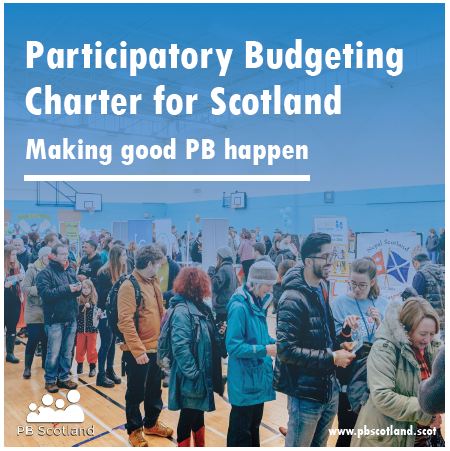Funding event - Challenges in accessing funding
/Notes from a workshop as part of the the March 20 2024 PB Learning Event on Funding
Challenges:
Challenges include – fairness in voting; using appropriate and varied engagement and voting methods
Support for PB processes needs to be proportionate
A reduction in youth focused PB projects has been identified in recent years. Whilst activity had picked up following the pandemic in 2021, it is not considered to be near the activity previously experienced and pots of funding for youth PB seem to be declining.
It was noted that other types of PB are gaining traction (Green PB) however the risk of equity was identified here in that access to funding is becoming more akin to themes that are “flavour of the month” rather than equitable across all sectors.
Access to PB needs to grow year on year for all different sectors for it to continue to gain traction and strengthen democracy across the country.
There is also a risk that keeping PB at small local levels (small community pots of funding) can be seen a placating citizens but not giving them any real power over bigger decisions.
Knowledge of PB and adequate capacity resourcing for processes was also identified as something that needs to be addressed and supported. More people need to know about PB and have the ability and opportunity to participate in a range (and graduating scale) of projects.
PB has costs beyond the grants – administering the grant takes time and effort too. Funders are often happy to meet the costs of funding to disperse, but there are associated costs with running the process – like information and voting events, community conversations and the cost of buying technology to support greener voting methods – by using tablets etc.
Although have had funding for last 14 year for PB still feels like there’s a risk to getting the funding each year
Restrictions set by funder on what money can be spent on can be frustrating and restrict what groups can apply for. e.g. one example where monies can’t be spent on staffing costs
Difficulty with current budget cuts - PB can be seen as just getting communities to choose cuts (this isn’t PB but called PB)
Expectation that groups/staff will do all the support/development work which is involved in participatory consultation/PB processes without acknowledgement that these are complicated and skilled tasks
Opportunities:
Hyper local approach to PB works well
PB is an approach to funding that is flexible, responsive and transparent – importance of relationships with fundholders – whose money is it and what is it used for?
Opportunities include – achieving good reach through existing (anchor) groups such as Community Councils; not being afraid to be different and take some risks
Participants felt that more and more PB should be introduced at all fund levels – not just small community pots but at community, locality, authority and national levels. People should have the ability to be involved in spending decisions right through finance levels.
We discussed weighted voting and allocation methods to support smaller organisations and those from the equalities community to be successful when they don’t have the supporter numbers behind them. Leith Decides have used a “bonus vote” that can only be used on certain projects, and it was used by over 80% of voters. Others have used income ceilings and paid staff as a marker as a benchmark for funding allocations (those with higher incomes and paid development staff only being eligible for a percentage of the funding pot)
Encouraged to see in some examples of applications how organisations had worked together and bids were complementary to each other – example of how process had encouraged partnerships between organisations
In other communities there were examples of how PB had created competition/rivalry between organisations – group running this process had countered this through an in person engagement day which enabled groups in the community to get together with those running the PB activity to improve and simplify the processes to improve engagement
Groups identified funding and resources to properly engage communities in developing and designing the process as well as running and administering the process and grants were the most difficult to access and where they had them were not enough to do it as well as they would want





